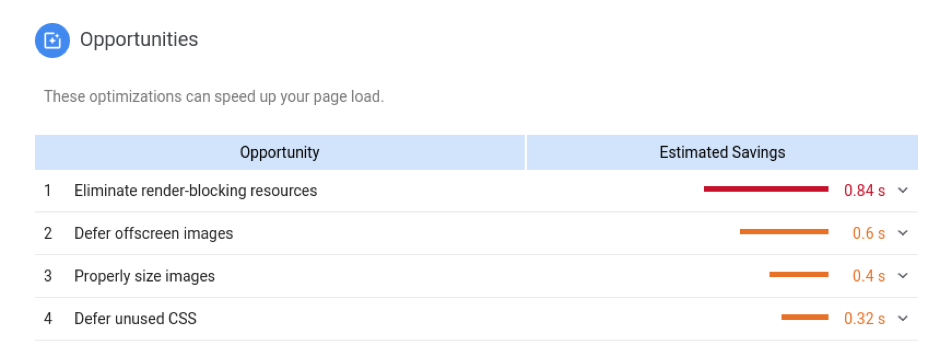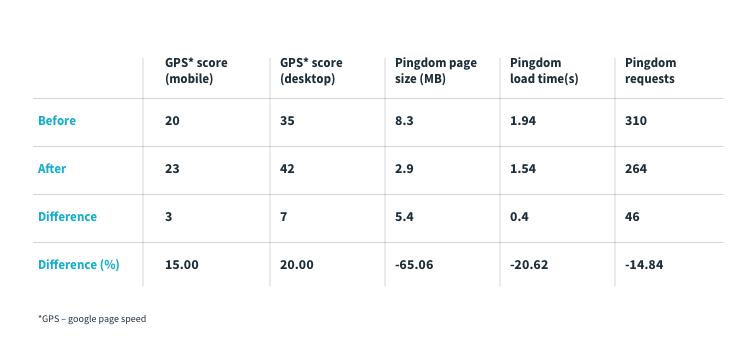When a user opens a website, the browser has to download all the content before the user can start browsing the website. Since we live in an era where the majority of websites is quite large, this usually results in a longer load time, which leads to annoyed and unhappy users.
Web developers therefore dedicate quite a large portion of their time to optimizing the page load time. How do we achieve that? There are various optimization techniques, so we decided to present a commonly used technique called lazy loading, which we have also tested on some of our projects.
What are the benefits of lazy loading?
If we ask Wikipedia, we can find the following definition of lazy loading: Lazy loading is a design pattern commonly used in computer programming to defer initialization of an object until the point at which it is needed.
Wikipedia’s definition seems clear enough – load the content when it is needed (when the user scrolls to it) and not before. If the content is loaded on demand, the browser needs to load less content when the user opens the page, which results in a better load time. Perfect! The users visiting your website therefore only see the part of the content they need to see.
Lazy loading the non-crucial content not only results in a better user experience but also has a good impact on SEO and conversion rates, while Google uses page speed as one of the signals used by its algorithm for ranking pages.







